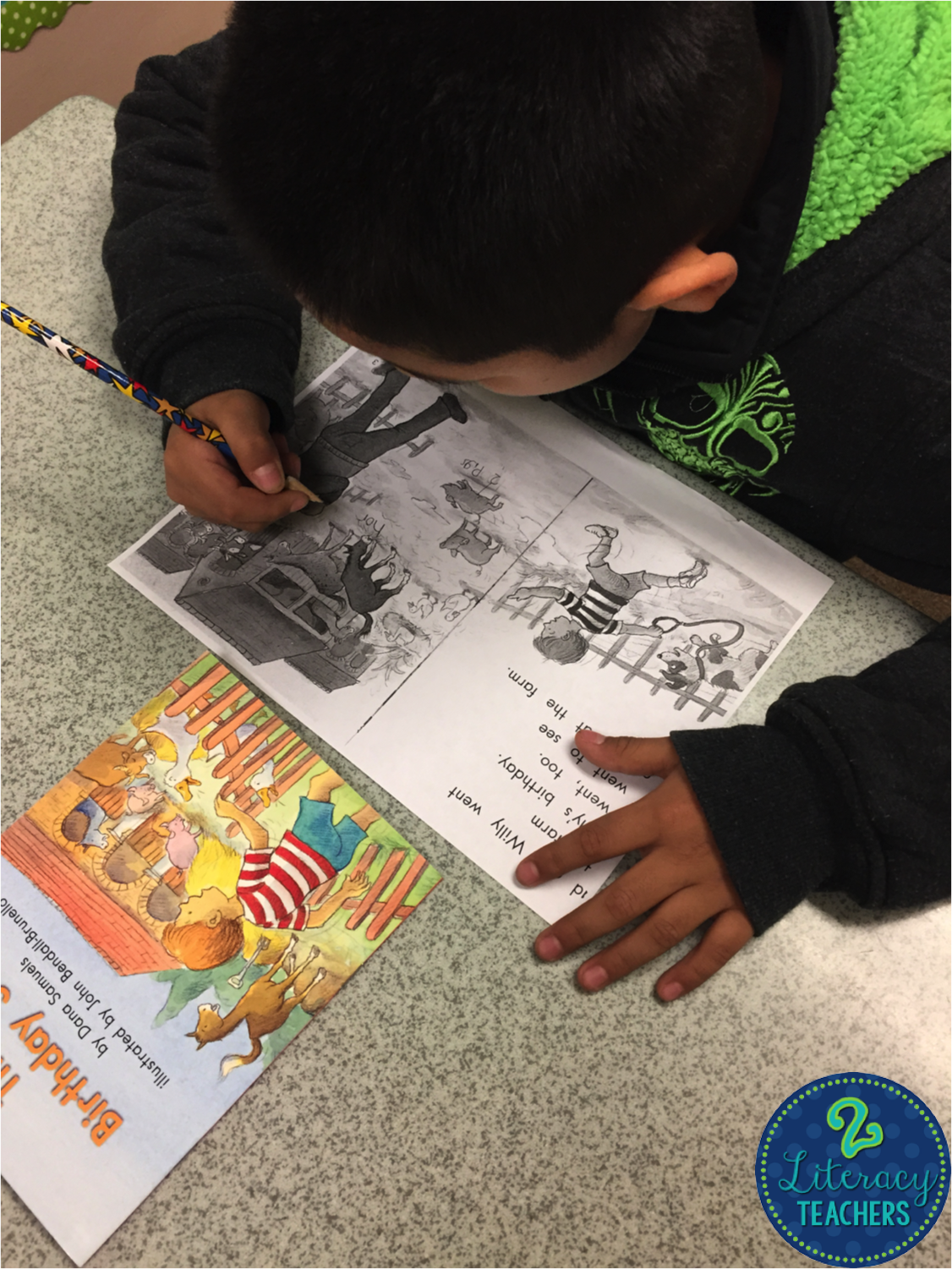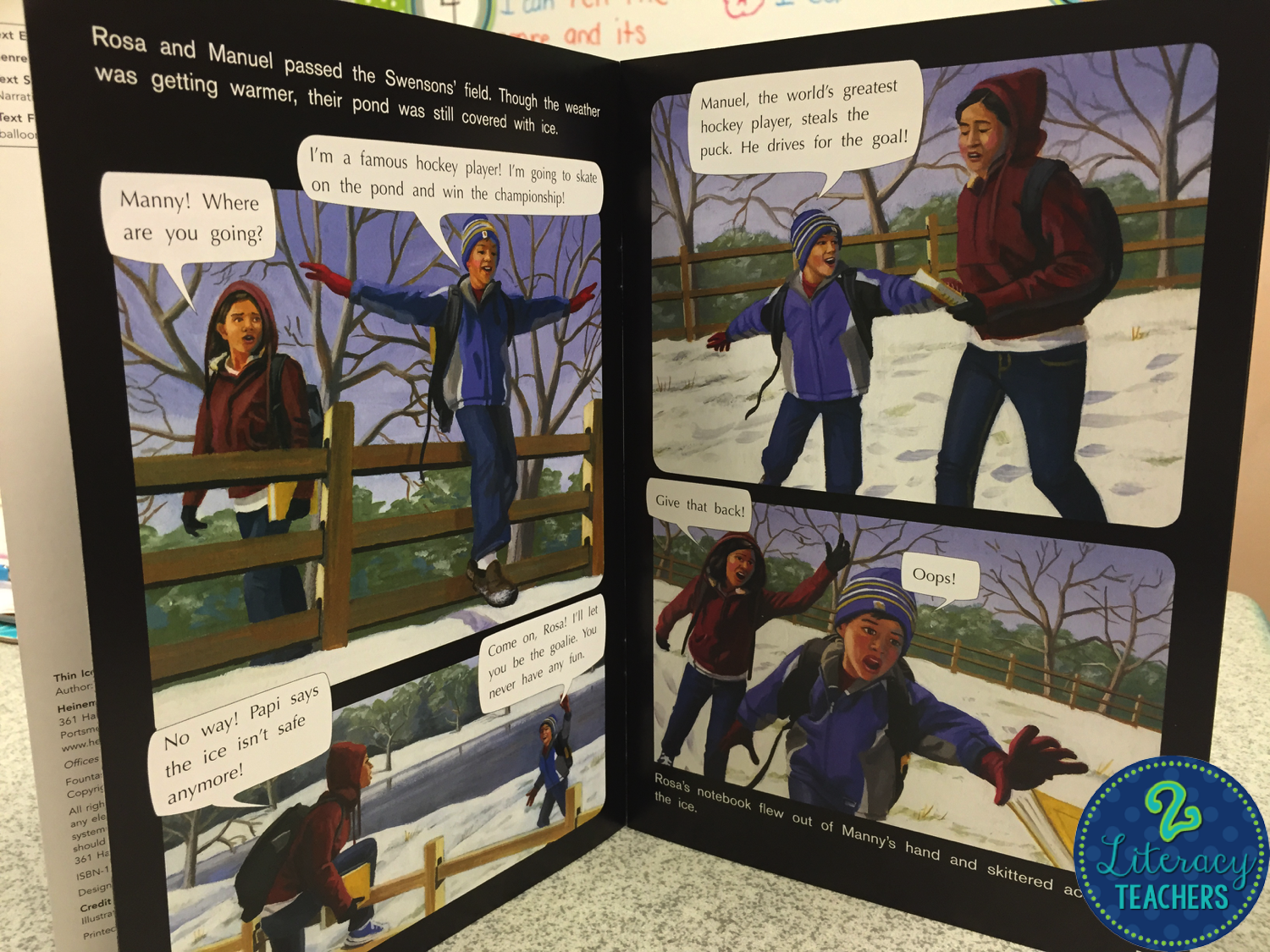Hi everyone! How’s your week going? Are the kiddles hanging from the ceiling with all the excitement over Hundred’s Day and the upcoming Valentine’s Day parties? Well…only three more days my friends! We can do this!
Here’s a Tuesday’s Tip for you.
Can your kiddles “read a picture” for details or do they give the pictures a quick look and move on? Why does it matter? If they don’t look closely at the picture, so many things are affected. Seems like a simple thing, but SOOOOO many kiddles……Don’t. Have. Any. Idea!….. how to read a picture! We just say….look at the picture….but many kiddles don’t know what they are looking for! Yikes. Accurate decoding, retells, connections, inferences, comparing and contrasting.. and oh so many more things are negatively affected if they don’t look closely at the pictures. And we’re not just talking about beginning readers. Even my 5th graders struggle with this. Proficient readers can look quickly at the pictures and glean all sorts of info., but kiddles who struggle to read, haven’t yet developed that ability. This week we are working on that in a few of my groups. Here’s what works for me.

My early readers this week are labeling absolutely everything they see on a photocopy of one of the pictures from their book. They get one minute to label as much as possible. Then, we take a closer look to have them see how much they missed. It becomes a fun “game” to see who can notice more details. Then we talk about how the things they missed, affects their ability to remember and understand what’s going on in the story. You can’t remember it if you don’t see it. (We’re going to be working on retells YET AGAIN, *sigh,* next week, and reading pictures, along with the finger strategy (in an earlier post, click HERE to read about it) will help them remember.)

My higher readers are doing the same thing, but they look at the picture in the book and list all they see, on a piece of paper in one minute. Once again we take a second look to see all the things they missed the first time around, and to talk about how they affect their understanding of the book. This book is a realistic fiction – graphic book. Most of the story is told through the pictures, so the kiddles MUST look closely at the pictures. It’s a level N or DRA 30 book that 4th and 5th graders are reading, so even older readers need this practice. (Next week we are going deeper with reasons for choosing certain evidence and proof for an answer, and reading pictures will help with that, too.)
So there you go! These anchor lessons really work well, and are great to refer to when you are working on other comprehension strategies like compare and contrast, inferring, justification for choosing certain evidence, and so on. Give them a try! I think you’ll be happy with the results!
Happy teaching everyone!
Smiles,
Kristin

